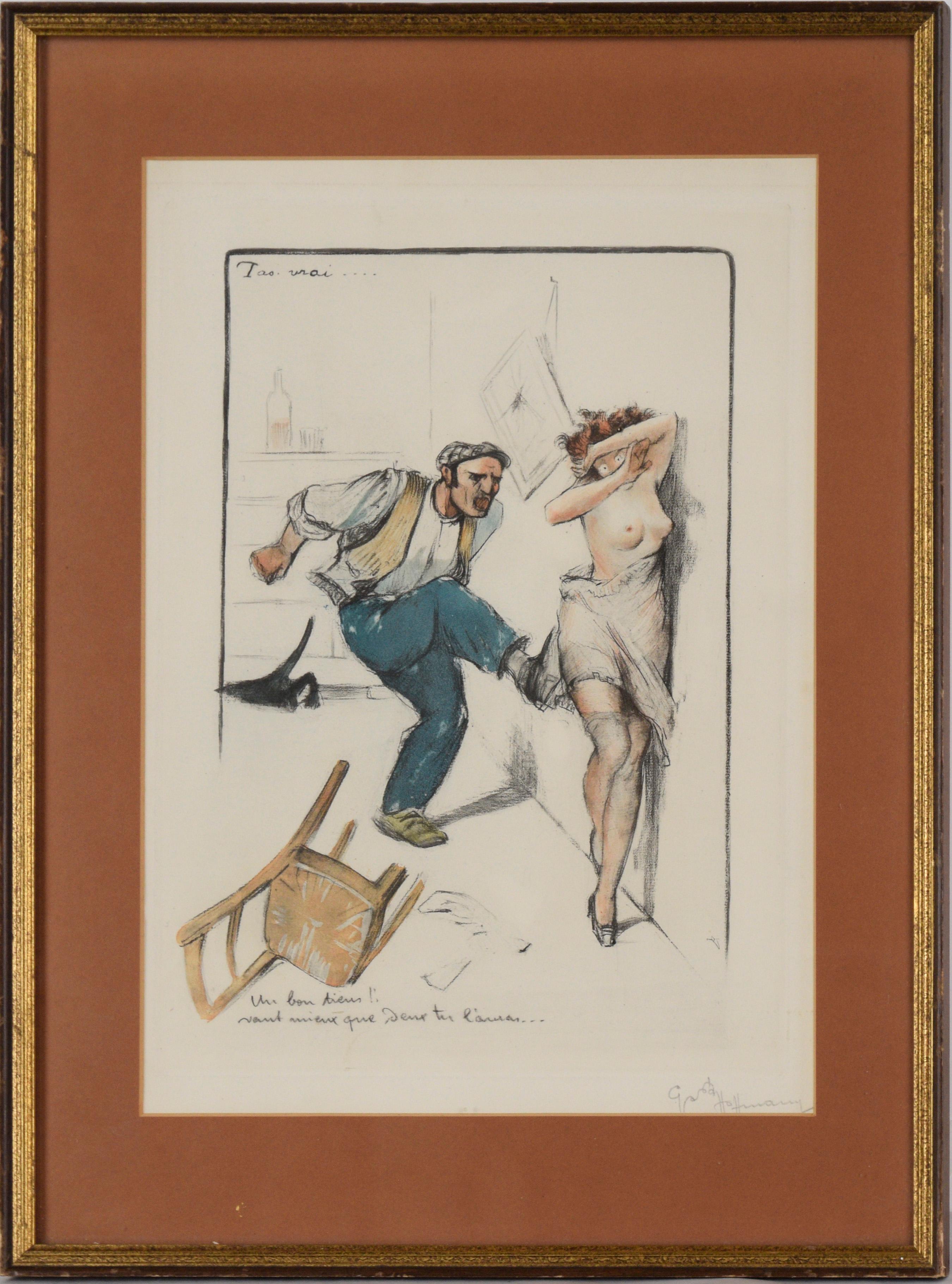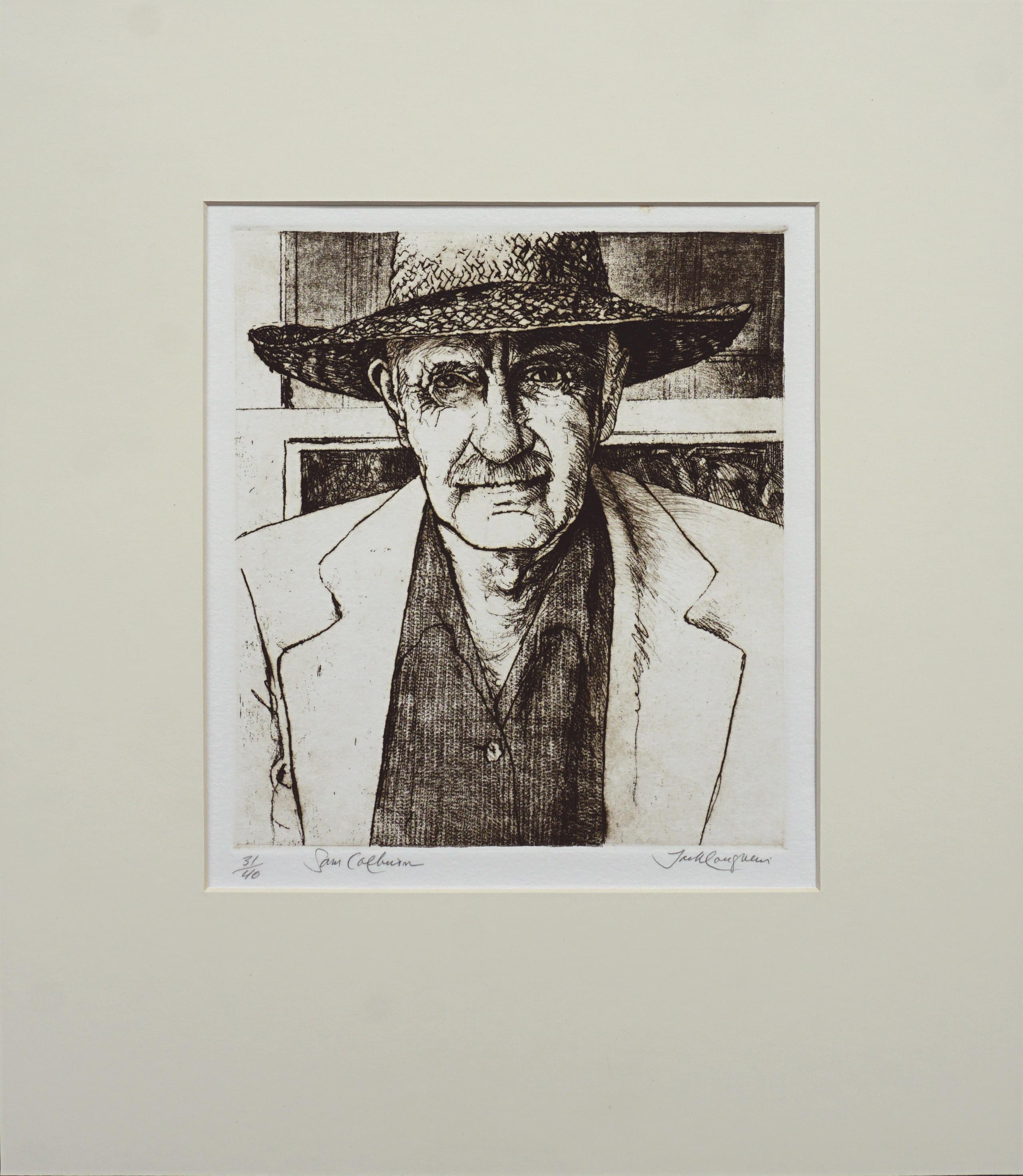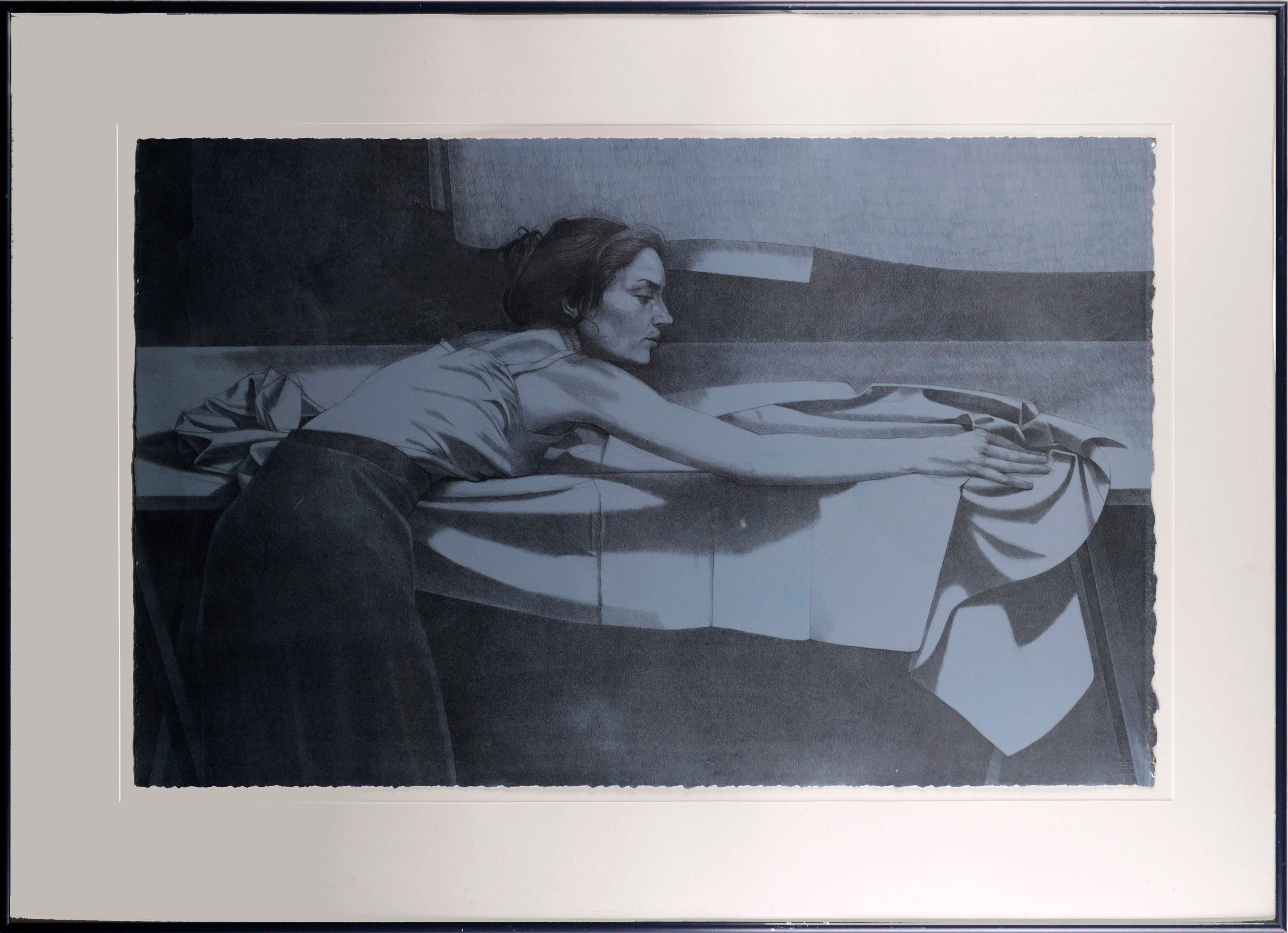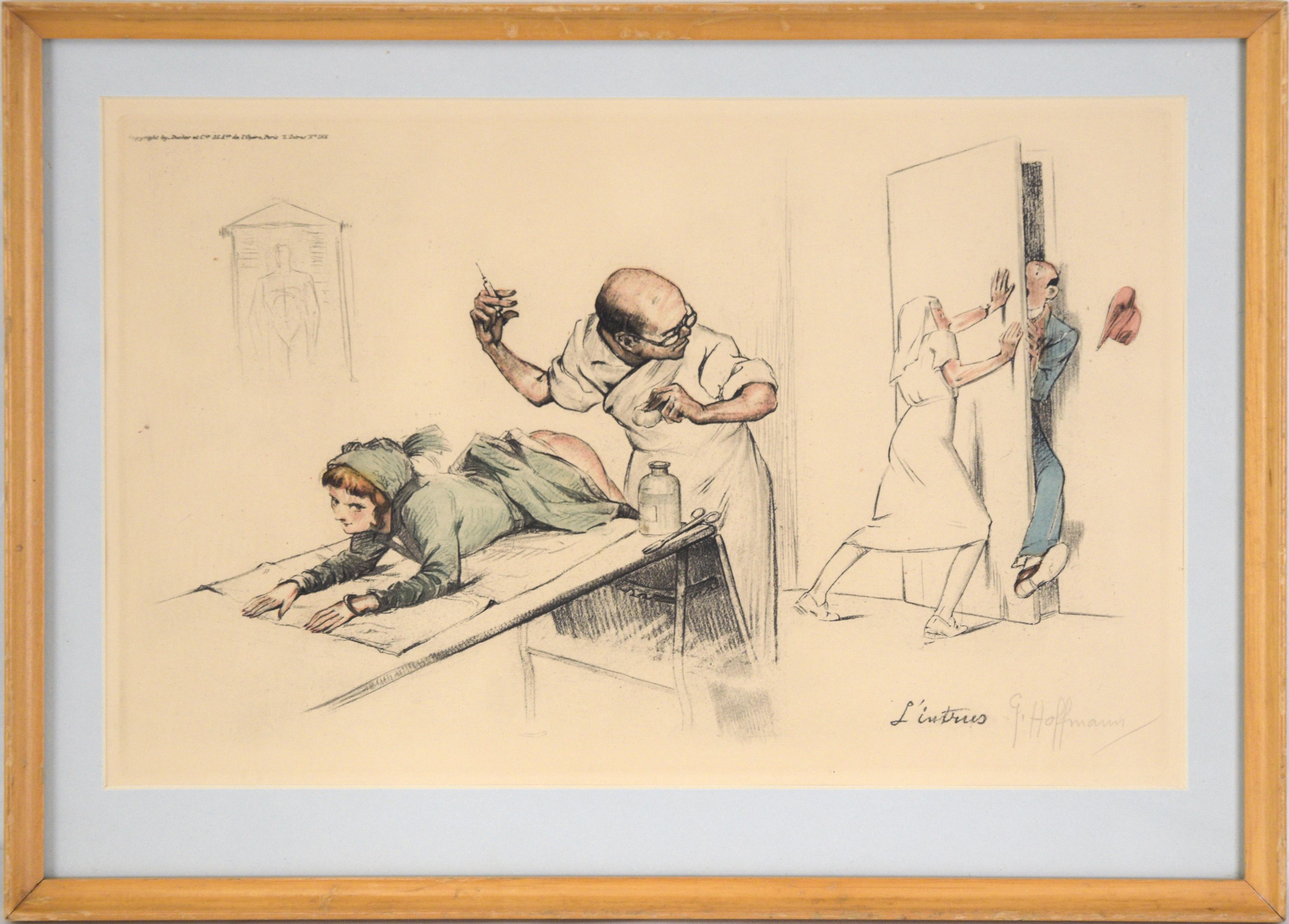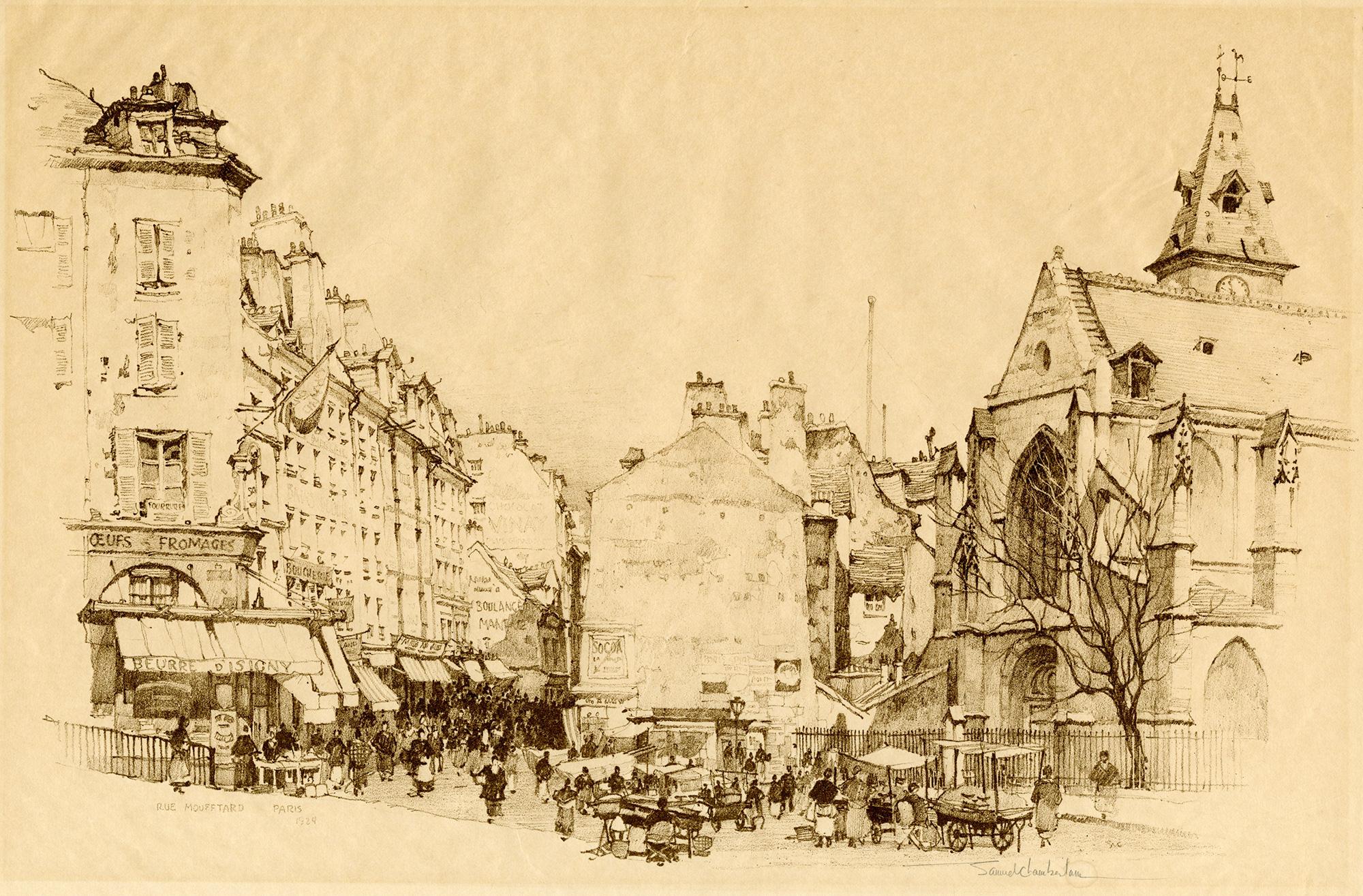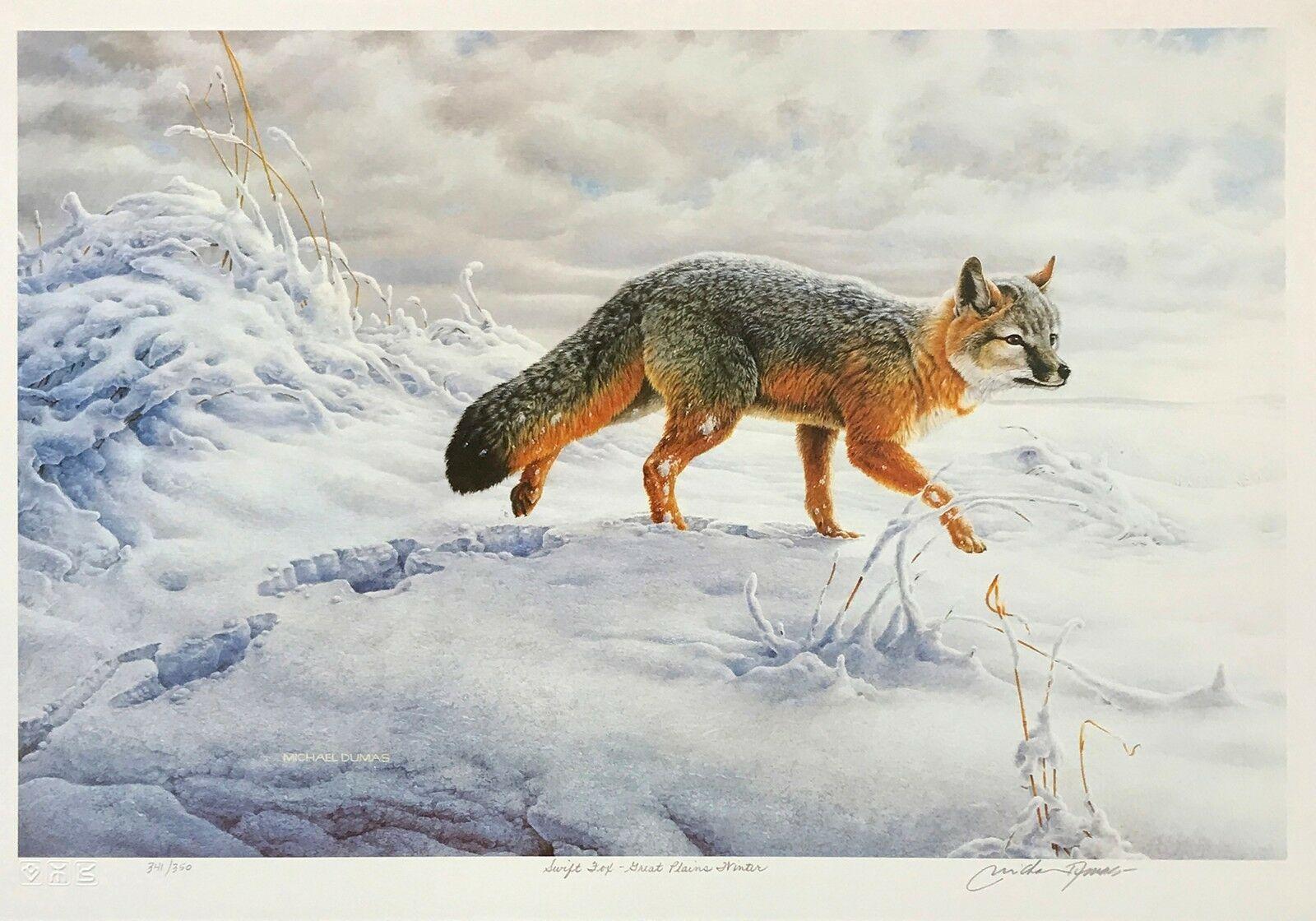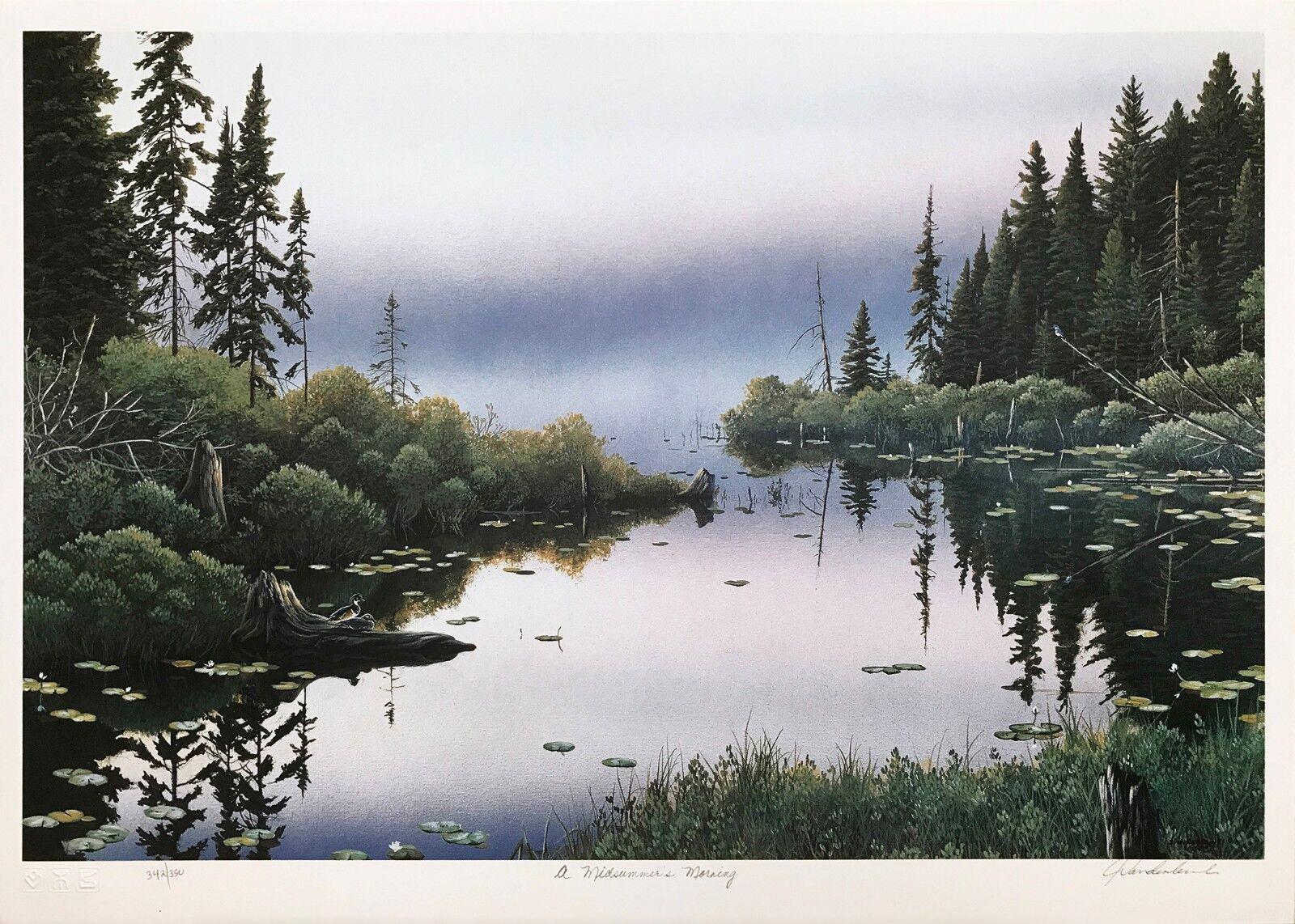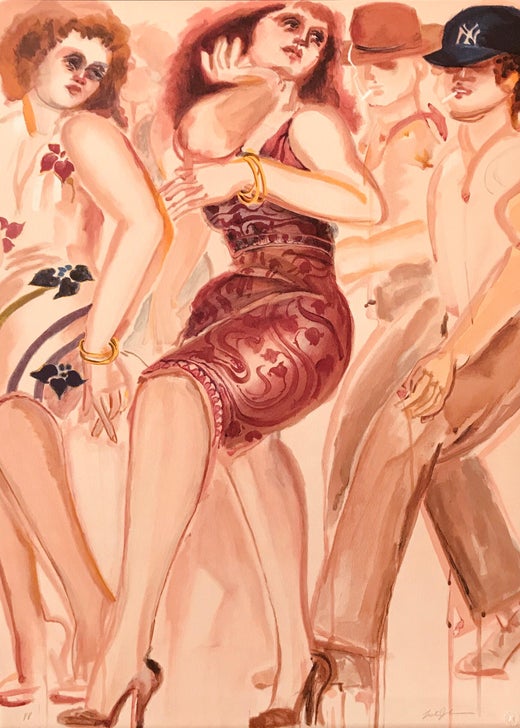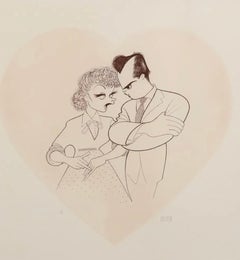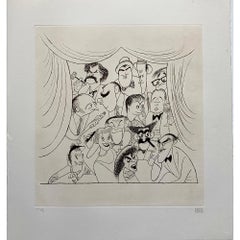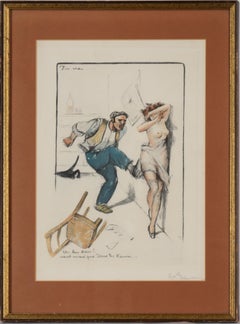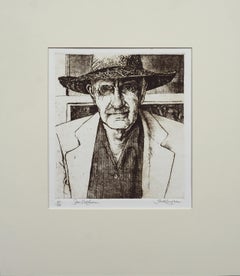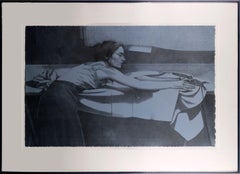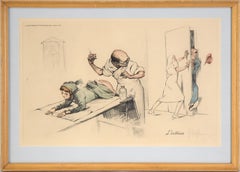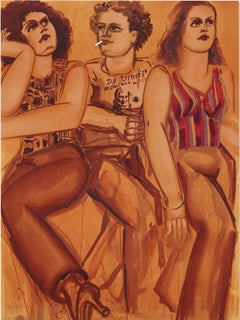
"DaVinci's Restaurant, " Lester Johnson, Abstract Expressionist, Realist Figures
View Similar Items
Lester Johnson"DaVinci's Restaurant, " Lester Johnson, Abstract Expressionist, Realist Figures1980
1980
About the Item
- Creator:Lester Johnson (1919 - 2010, American)
- Creation Year:1980
- Dimensions:Height: 28.25 in (71.76 cm)Width: 21 in (53.34 cm)
- Medium:
- Movement & Style:
- Period:
- Condition:
- Gallery Location:New York, NY
- Reference Number:1stDibs: LU115628794592
Lester Johnson
A New York artist, known as a second-generation Abstract Expressionist, Lester Johnson was born to a large Lutheran family in Minneapolis. He studied at the Minneapolis School of Art and the St. Paul Art School. There, he was introduced to Hans Hofmann's teaching approach, particularly the push and pull effects of form and color by St. Paul teachers Alexander Masley and Cameron Booth, both of whom had studied with Hofmann in Munich. After further study at the Chicago Art Institute, Johnson moved to New York City in 1947 and became one of the first downtown loft-dwellers. He shared a lower East Side studio with Larry Rivers and attended some of Hofmann's New York classes. Rents were cheap, but Johnson was broke much of the time as he tried to support his painting through a variety of part-time jobs, including teaching art. In 1950, he and realist figurative painter Philip Pearlstein shared studio space. Lester's wife, Jo, had introduced the two artists at a time when she and Pearlstein were studying art history at New York University.
Johnson's various studios, on the Bowery and elsewhere, were always one flight up with a view of Manhattan's active street life. No wonder, for over 50 years, street scenes have been a dominant part of his art. Johnson adopted the working techniques of action painting, which meant he used a great deal of paint. A tube of oil paint might be expended in seconds as he, like Pollock, physically projected himself into the work. The images that Johnson produced were not decorative, but stubbornly confrontational, oversize, brooding, thickly encrusted, scarred surfaces that were alive with recognizable objects and figures. Even today, few realize how radical it was for Johnson to depict a recognizable subject in an adamantly pro-abstract-expressionist climate. Sculptor George Segal recalled, "The Abstract Expressionists were legislating any reference to the physical world totally out of art. This was outrageous to us." The rebellion came naturally to Lester Johnson, and he remained tenaciously outside the mainstream. Nonetheless, he produced a body of work that influenced several generations of younger painters and confounded an art establishment in need of neat categorization. He remains one of the few painters whose work holds significance for both abstract and figurative artists. Johnson's animated men and women, with all their nervous energy, yield themselves only gradually to analysis and will no doubt be reinterpreted for many years to come.
More From This Seller
View All1970s Performance Figurative Prints
Paper, Lithograph
1980s Performance Figurative Prints
Lithograph, Paper
1980s Contemporary Figurative Prints
Paper, Lithograph
1970s Performance Figurative Prints
Lithograph
1970s Performance Figurative Prints
Lithograph
1980s Performance Figurative Prints
Lithograph
You May Also Like
Mid-20th Century Realist Figurative Prints
Paper, Lithograph
1980s Realist Portrait Prints
Paper, Ink, Lithograph
1980s Realist Figurative Prints
Lithograph, Paper
1950s Realist Figurative Drawings and Watercolors
Paper, Watercolor, Lithograph
Early 20th Century Realist Landscape Prints
Handmade Paper, Lithograph
1960s Realist Nude Prints
Paper, Lithograph
Recently Viewed
View AllRead More
Ludwig Bemelmans Captures the Thrilling Sight of Coney Island at Night
The ‘Madeline’ creator and Carlyle Hotel legend was in a New York state of mind in the 1940s when he produced this exuberant and rare oil painting.
Mid-Century Americans Didn’t Know Antonio Petruccelli’s Name, but They Sure Knew His Art
The New York artist created covers for the nation’s most illustrious magazines. Now, the originals are on display as fine art.
